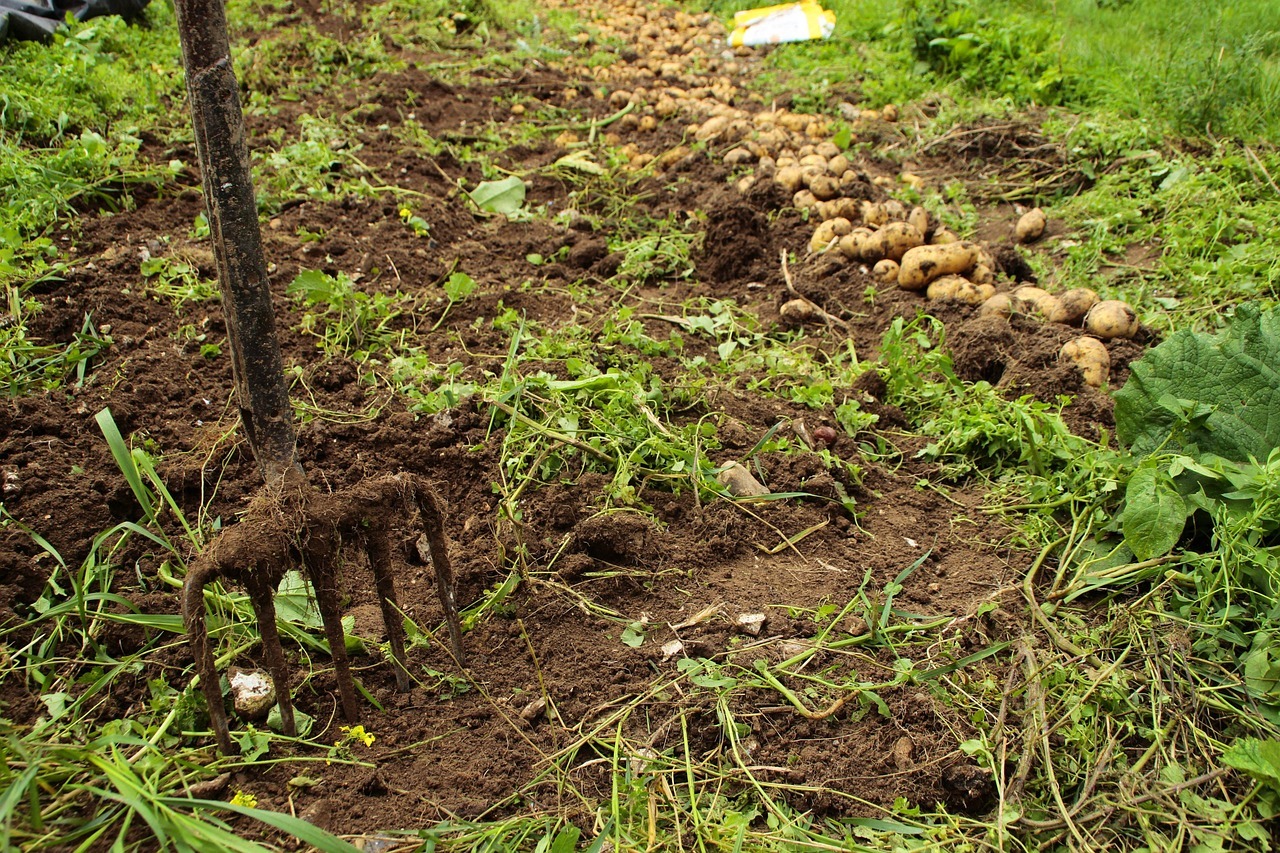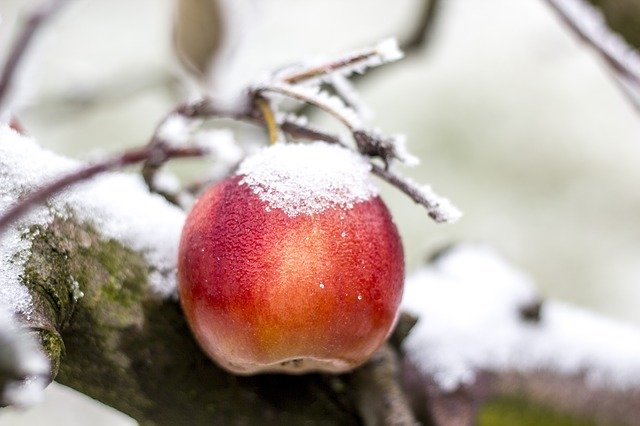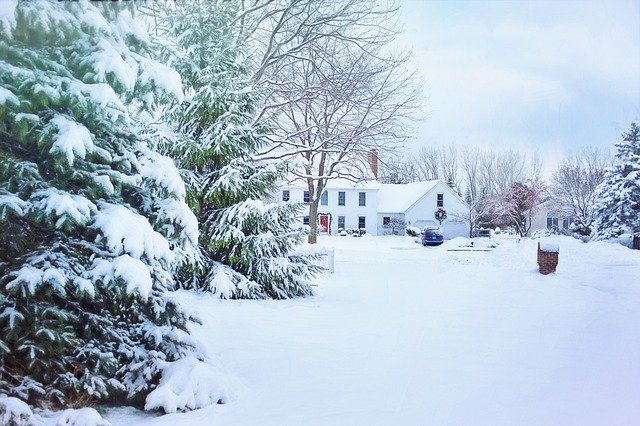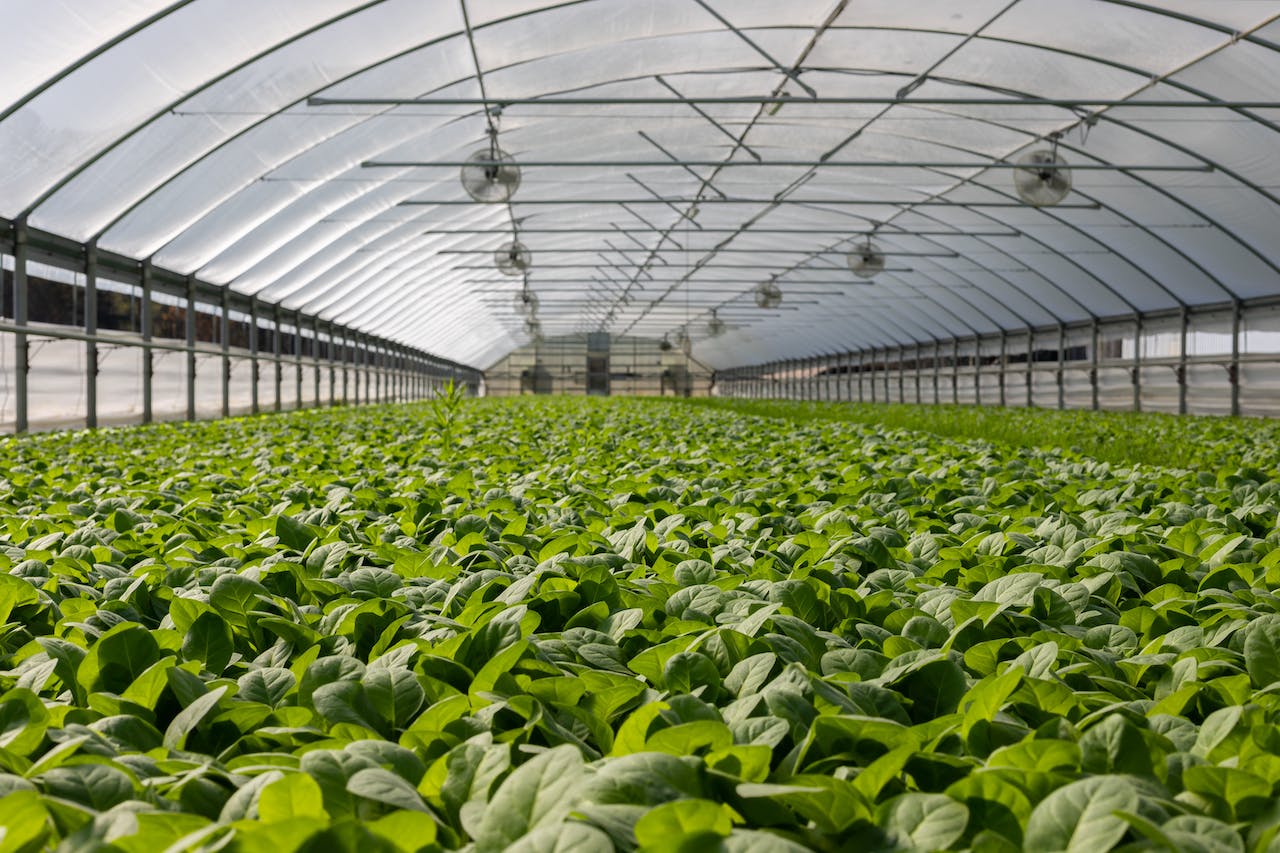The Benefits of Growing Perennials Around Your Homestead
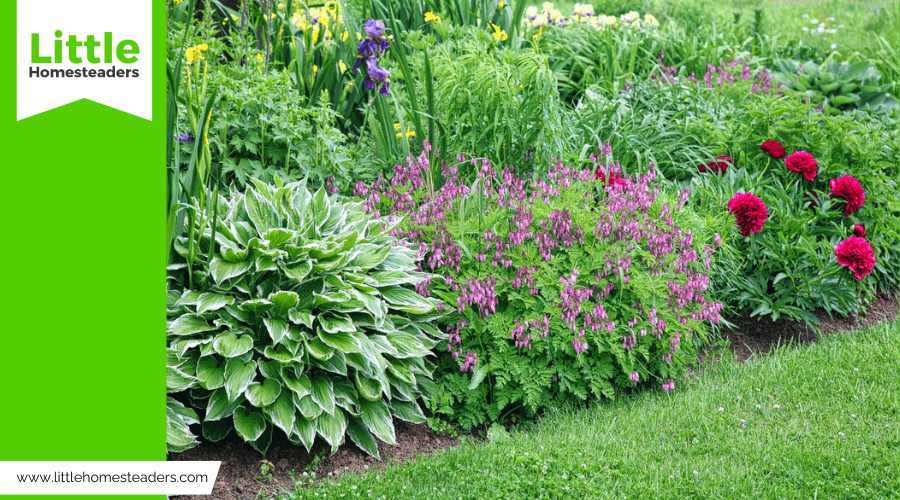
Sustainability and resilience are at the heart of every successful homestead. If you want to boost your property’s productivity while lightening your workload, consider planting perennials. These plants are more than just a convenient gardening choice—they’re the backbone of a self-sustaining ecosystem that continues to reward you year after year.
In this article, we’ll dig into the many reasons perennials deserve a spot on your homestead. From improving soil health and ensuring a reliable food supply to reducing maintenance and adapting to climate challenges, these plants are a must-have for anyone aiming to create a thriving, sustainable homestead.
It improves soil and supports ecosystems
When you plant perennials, you’re not just growing food—you’re investing in the long-term health of your soil and the ecosystems it supports. Unlike annuals, perennials stay in place for years, offering benefits to the land and its inhabitants that go beyond what meets the eye.
Building Better Soil
Perennials have deep roots that reach far below the surface, breaking up compacted soil and creating channels for water and air. This helps improve the soil’s structure and makes it better at holding moisture, which is especially important in areas prone to drought. Over time, their roots and leaves naturally decompose, adding organic matter to the soil and enriching it with nutrients.
The impact is even greater when you consider how little disturbance perennials require. Unlike annuals, which need regular tilling, perennials help maintain the soil’s integrity. This reduces erosion and keeps your precious topsoil where it belongs—on your property and not washed away by heavy rains.
Erosion Control
If your homestead includes sloped land or sandy soil, you’ve probably dealt with the frustration of erosion. Perennials can help with that. Their roots anchor the soil, providing a strong defense against wind and water erosion. By planting perennials, you can protect your soil naturally while avoiding the expense and labor of erosion-control measures like terracing or regrading.
Creating a Thriving Ecosystem
Perennial gardens are teeming with life, from earthworms and helpful insects to soil microbes that break down organic material and release nutrients. These organisms keep your garden’s ecosystem in balance and eliminate the need for synthetic fertilizers. On top of that, perennials absorb carbon dioxide from the atmosphere, helping to combat climate change while also moderating local temperatures and creating beneficial microclimates.
It provides reliable harvests and ensures food security
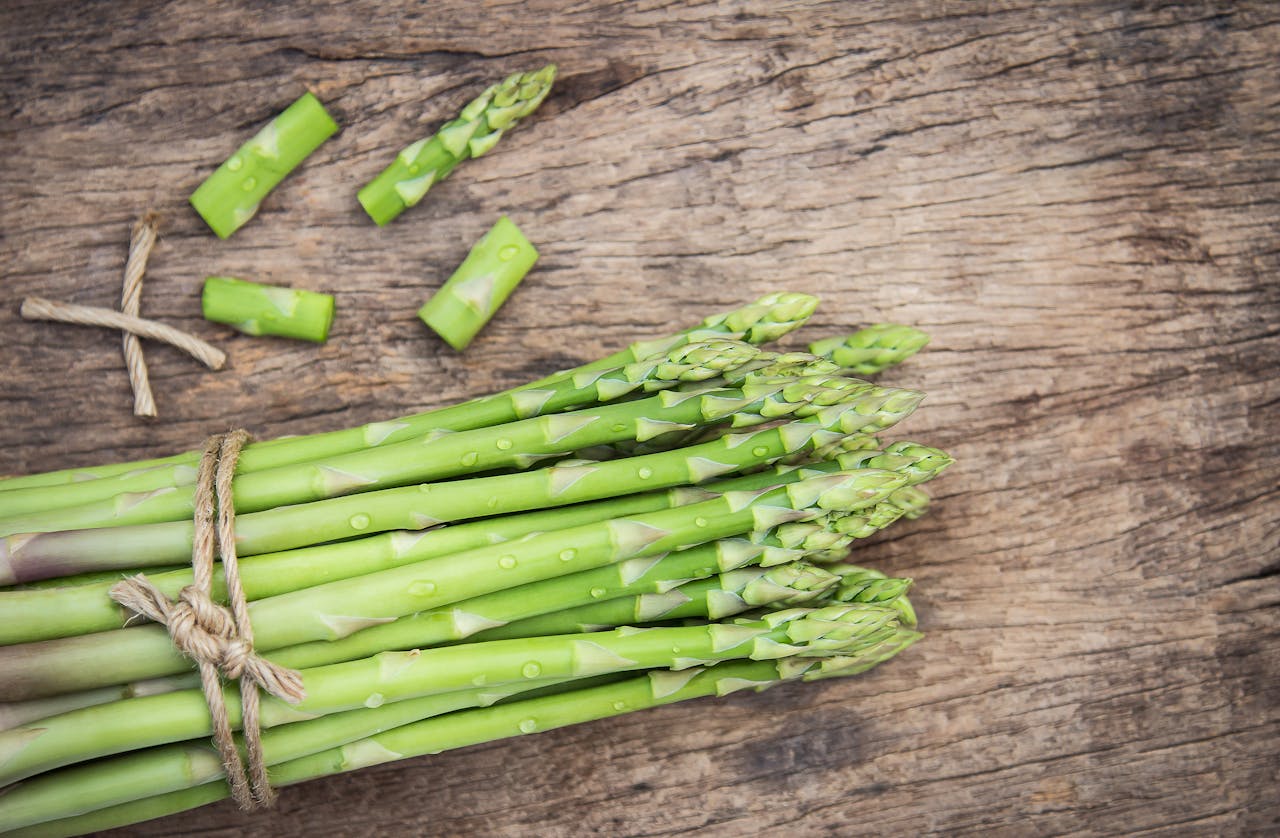
One of the most rewarding benefits of growing perennials is their ability to provide consistent harvests season after season. Whether you’re growing fruits, vegetables, or herbs, perennials offer a reliable food source with minimal replanting.
An Ongoing Food Source
Think about the convenience of planting something once and harvesting it for years. Perennials like asparagus, rhubarb, and artichokes are classic examples. Once they’re established, they come back each year, often producing higher yields as they mature. Fruit trees and berry bushes add even more to the mix, giving you a variety of options to enjoy fresh produce throughout the growing season.
Closing the Gaps Between Harvests
Annual gardens can leave you with weeks or even months of downtime when there’s nothing to harvest. Perennials can fill those gaps beautifully. Asparagus, for instance, is one of the first vegetables to pop up in spring, long before annual crops are ready. In summer and fall, fruit trees and berry bushes take over, ensuring that something is always in season.
The extended harvest period not only boosts your family’s food security but also gives you the chance to preserve the surplus. Freezing, canning, or drying your harvest ensures that you have access to nutritious, homegrown food even in the off-season.
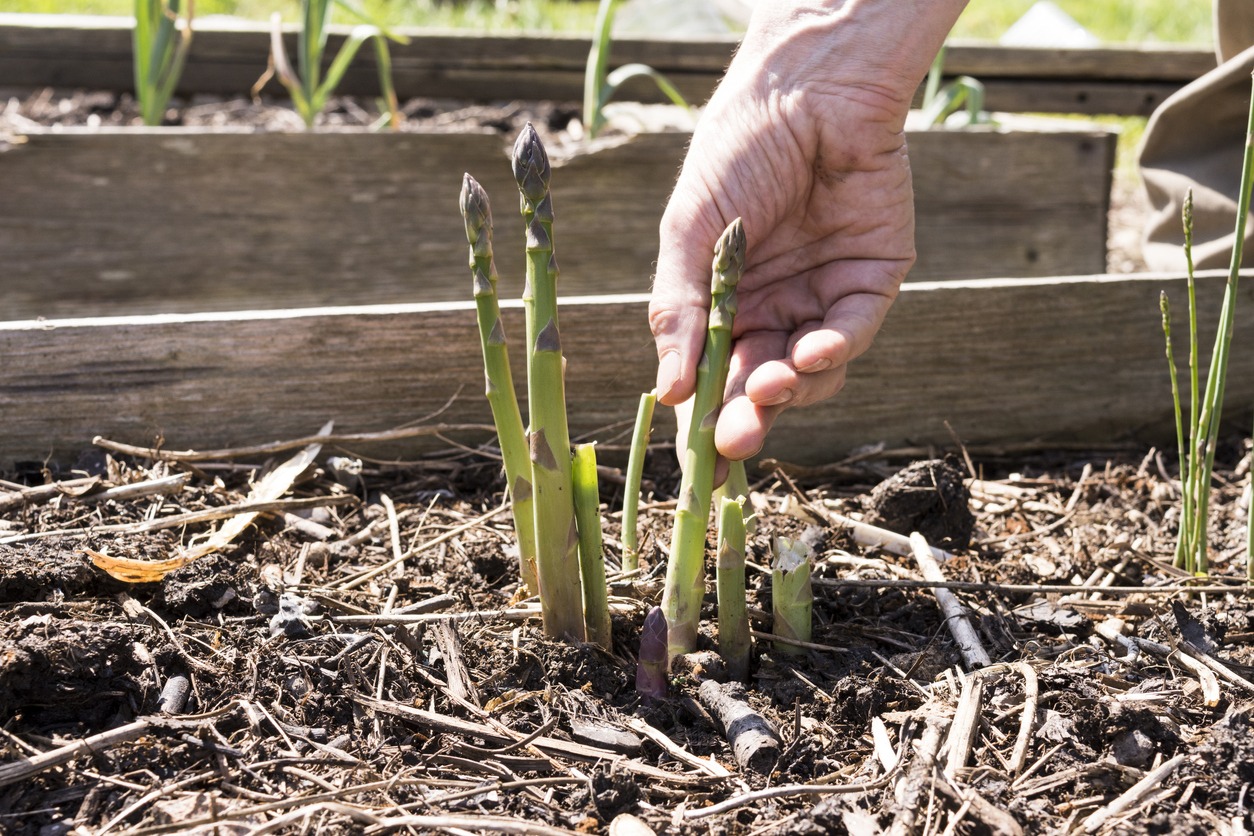
Saving Time and Energy
Perennials cut down on the repetitive tasks that come with annual gardening. Once they’re in the ground, they require far less planting, weeding, and watering. This frees up time for other homesteading chores, like tending to livestock or tackling DIY projects. Over time, this efficiency can make a huge difference, especially on a busy homestead.
It offers great yields with less maintenance
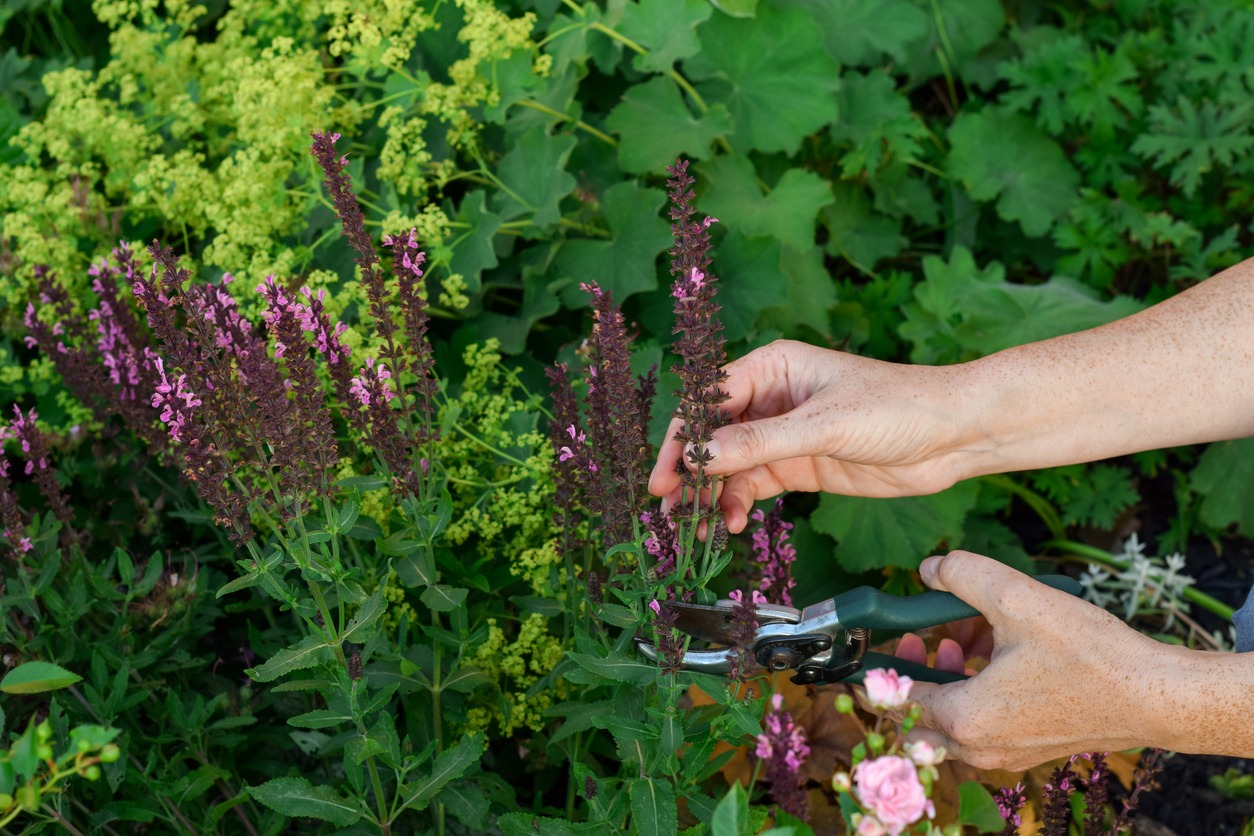
For homesteaders juggling multiple responsibilities, perennials are a game-changer. They offer impressive yields with less effort, making them one of the most practical choices you can make.
Efficient Use of Resources
Because of their deep roots, perennials tap into water and nutrients that annuals can’t reach. This reduces the need for frequent watering and fertilizing, saving you both time and money. These roots also make perennials more drought-tolerant, which is a big advantage in areas where water availability can be unpredictable.
Ongoing Yields
Perennials are designed to last. While annual plants use all their energy in a single growing season, perennials build up reserves, allowing them to produce food year after year. Fruit trees, for example, might take a few years to start producing, but once they do, their output often increases over time. This long-term productivity means your initial investment in planting perennials pays off for decades.
Enhancing Soil Fertility
The life cycle of a perennial contributes to the health of the soil around it. As the plant grows and sheds leaves or roots, organic material is added back into the soil. This natural process eliminates the need for synthetic fertilizers and creates a healthier, more balanced growing environment for all your crops.
It enhances your landscape with multifunctional features
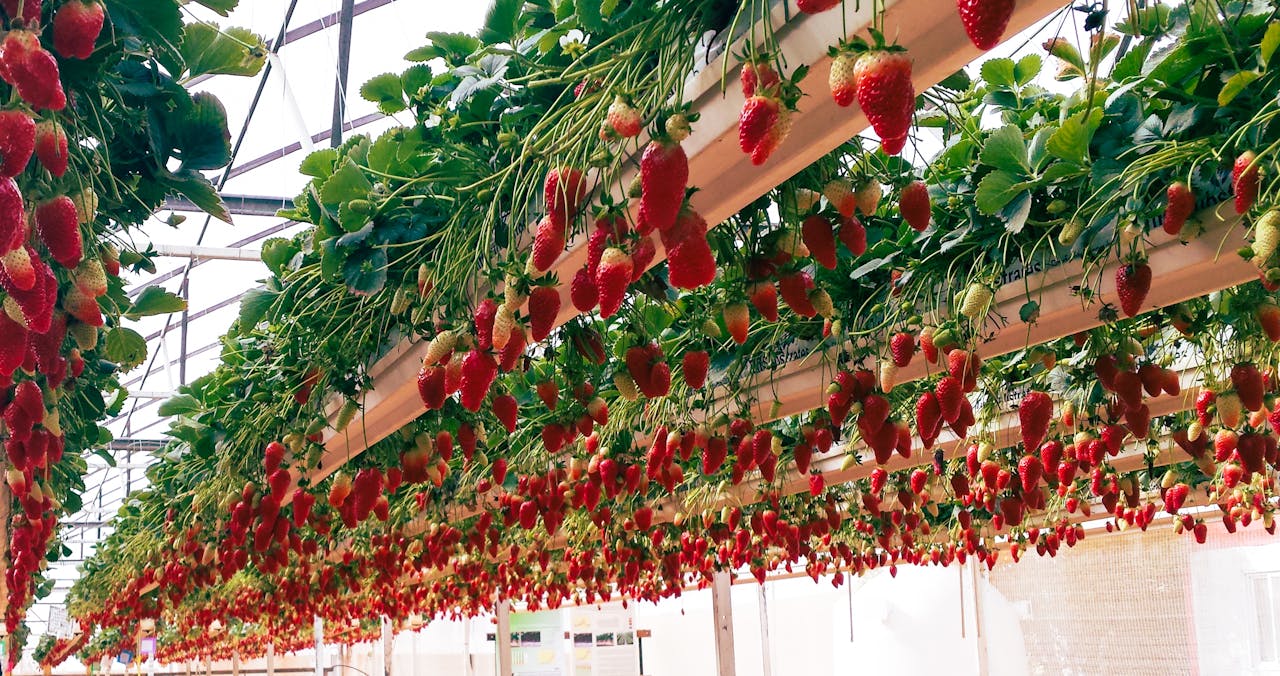
Your homestead is more than just a place to grow food—it’s a space where functionality and beauty come together. Perennials play a big role in creating a landscape that’s as practical as it is visually appealing.
Windbreaks and Shade
Strategically planted perennials can serve as natural windbreaks, protecting your garden from harsh winds that can damage plants or dry out the soil. They can also provide much-needed shade for sensitive crops or livestock areas, helping to regulate temperature and create more comfortable conditions.
Edible Landscaping
Why not let your garden double as a beautiful landscape? Perennials like herbs, berries, and flowering fruit trees add color and texture to your property while also serving as a source of food. Edible landscaping blends aesthetics with functionality, giving you a homestead that’s as attractive as it is productive.
Wildlife Habitats
Perennials are a magnet for beneficial wildlife. They provide food and shelter for birds, pollinators, and even small mammals that help keep pests in check. By attracting these creatures, you’re creating a balanced ecosystem where nature does much of the work for you.
It adapts to climate challenges
In today’s world, weather patterns are less predictable than ever. Perennials are uniquely suited to help your homestead adapt to these challenges.
Resilient to Extremes
Thanks to their established root systems, perennials are better able to handle temperature fluctuations, droughts, and frosts than annual plants. This resilience makes them a reliable choice for homesteaders dealing with increasingly erratic weather.
Drought Tolerance
One of the biggest advantages of perennials is their ability to survive dry spells. Their deep roots allow them to access water far below the surface, making them more self-sufficient during times of low rainfall. This not only reduces your water usage but also gives you peace of mind during dry seasons.
Future-Proofing Your Homestead
By planting perennials, you’re building a homestead that’s ready to face the challenges of tomorrow. These plants help create stable, productive systems that support your family’s needs while reducing your environmental impact.
Conclusion
Planting perennials is one of the smartest choices you can make for your homestead. These plants enrich the soil, provide reliable harvests, require minimal maintenance, and offer unmatched resilience to climate challenges. They also create a diverse, multifunctional landscape that supports wildlife and enhances the natural beauty of your property.
Whether you’re planting rows of asparagus, a hedge of berry bushes, or a grove of fruit trees, perennials bring lasting value to your homestead. The benefits aren’t just for today—they’re for the future, ensuring that your land remains productive, healthy, and beautiful for years to come. So why wait? Start planting perennials today and watch your homestead flourish like never before.

